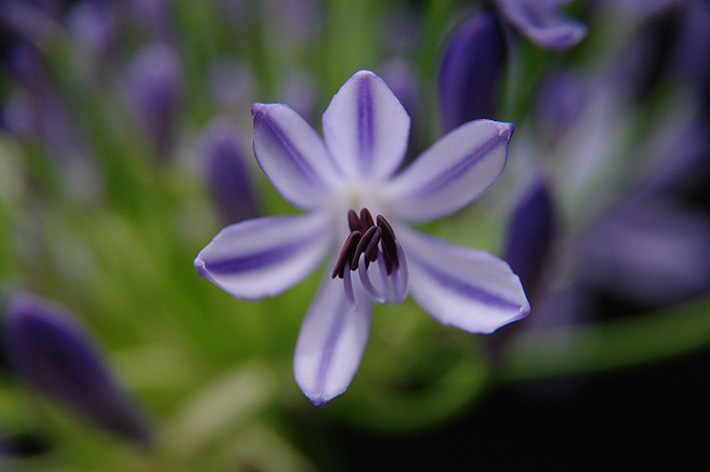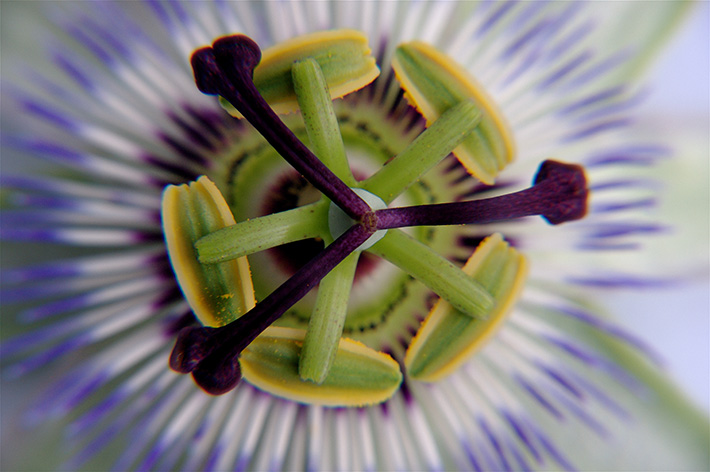Words and photos by KEITH PLATT

If they weren’t so attractive they would have ben ripped out years ago.
Agapanthus survive in my garden solely because of the colour of their flowers.
OK, so the leaves are also a deep green, winter and summer.
But it’s the flowers that win. A shade of blue that to my eyes can be classed as cobalt.
A colour only rivalled within certain storm clouds, and then only fleetingly.
The flowers actually come in a variety of shades between white and purple, but it’s the deep blue for my money.
Apart from the aesthetics, agapanthus are a pest, despite the name deriving from the Greek for “love flower”).
Their attractive topsides hide tenacious roots that prevent any other plants gaining a foothold.
Their up to 60 centimetre long leaves provide shelter for snails and, although the flowers are a source of food for honeyeaters (wattlebirds break agapanthus stems near season’s end) and bees, the plants take up space that could be allotted to less invasive species.
None of these negatives have stopped agapanthus being adopted as some sort of highly prized regional flower emblem on the Mornington Peninsula.
Driveways and nature strips are filled with them.
If not headed before they go to seed, the agas will quickly colonise the street.
If you do a bit of clearing cars pull up and their occupants ask if they can take away your cast-offs.
Although declared an environmental weed by the shire, there is at least one nursery that does brisk business in supplying agapanthus in a variety of colours (the number of species recognised by various authorities varies from six to 10; cultivars and hybrids are numbered in the hundreds).

Another one of the many attractive plants that survive purely on their looks rather than usefulness is the banana passionfruit, or passion flower.
Its fruit, as such, is meagre, but its flowers look like something from outer space.
Viewed up close, there’s no reason why they couldn’t be passed off as a multi-levelled space station.
Again, this plant is invasive (maybe the alien-like flowers are a giveaway here) and clambers and climbs across any competition.
The bees and honeyeaters seek it out but, once again, the space it occupies in the garden could be devoted to a less invasive, more productive plant.
However, it appears the passion flower does have some uses, often turning up as an ingredient in herbal remedies for its calming, sleep inducing and muscle spasm relieving effects.

The odd shaped flowers are seen by some as having elements of Christian symbolism, such as the pointed leaves representing the Holy Lance; tendrils being the whips used on Christ; 10 petals, 10 faithful apostles; and the flower’s radial filaments the crown of thorns.
In keeping with this Christian theme Spaniards know the passion flower as espina de Cristo (Christ’s thorn), the Germans Christus-Krone (Christ’s crown), Christus-Strauss (Christ’s bouquet) and Dorn-Krone (crown of thorns).
In Israel and Greece the flower is seen as a clock, but in India returns to religion because of its Krishna blue and circular layout.
But when you see these vines weaving their way to the upper branches of flowering trees or its tendrils creeping up through the lawn, you just know this is an evasive invader. And when it flowers, there’s the alien proof.
First published in Peninsula Essence Magazine – Summer 2015/16





